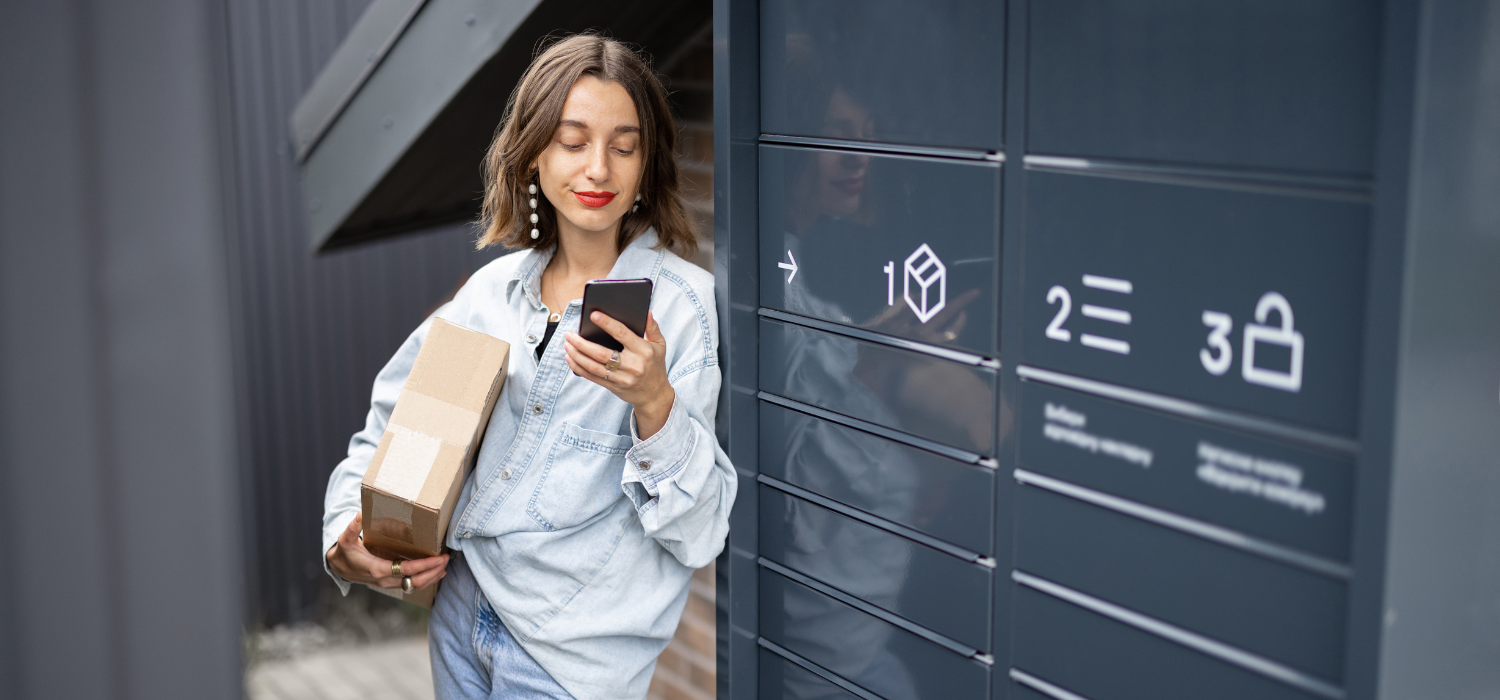According to a study by the Beymard Institute, the average online shopping cart abandonment rate is 69.80%. Thus, 7 out of 10 visitors who place products in their shopping cart do not get to complete the transaction.
What is shopping cart abandonment?
It is the phenomenon whereby a potential customer of an eCommerce site who has placed products within the shopping cart and is ready to proceed to the check-out stage, actually, driven by several factors that we will see in a moment, decides not to complete the purchase.
Abandonment is an inherent feature of eCommerce and how users navigate online sales sites: how many times does it happen that they make window purchases, place them in their shopping cart, save the items to proceed with the purchase only after a comparison phase with other products and, in the end, decide to abandon their purchase intentions. This is a very common occurrence during online shopping but one that costs marketers an estimated $18 billion, according to estimates by Forrester Research.
How to calculate the abandonment rate
The formula for calculating the shopping cart abandonment rate is as follows:
Cart abandonment rate = number of completed transactions / number of carts created
What reasons cause a potential buyer not to proceed with check-out?
According to the Beymard Institute, the most frequent reasons a user does not finalize a transaction are:
- Shipping charges too high (55%)
- Requiring the site to open an account (34%)
- Check-out process too long or complicated (26%)
- Unreliable site to enter credit card information (17%)
- Crashing website (17%)
- Insufficient payment options (6%)
Five useful tips to optimize your shopping cart and increase your conversion rate
From what we have seen so far, designing a shopping cart in a simple and effective way is critical to enable potential buyers to finalize their purchase. So here are 5 practical tips for optimizing your shopping cart:
1. Make the shopping cart always visible and editable: users often change their minds during the final stage of purchase, deciding to add new products or remove others to reduce their spending. Always allow them to be able to make as many changes as they see fit, without having to start their purchasing process all over again.
2. Make images of the products placed in the shopping cart visible: it is essential for a potential buyer to be able to keep an eye on the products they are purchasing at all times. In addition, images help make a good more desirable and stimulate the impulse to purchase.
3. Allow users to be able to share the cart contents or wish list: you need to provide for the eventuality that it is not the user who selected the products who has to pay the final bill. Being able to share the cart contents allows a second user to access it and finalize the purchase more quickly.
4. Offer a discount to users who keep products in the cart for a long period of time: placing a number of products in the cart, calculating how much the shopping session would cost, and then abandoning the purchase in the face of too high a bill is one of the most common operations among e-shoppers. If the products are left in the cart, however, there is still a real possibility of being able to finalize the purchase by offering the buyer a discount for selected products. According to a Salesforce study, 65 percent of customers agree that receiving personalized offers has a positive influence on their purchase choices.
5. Be transparent about the final price: indicate from the outset the cost including shipping and VAT, and don’t forget to also indicate any cost for returning the product.
GEL Proximity manages the relationship between the shopping cart and thousands of proximity logistics solutions for picking up your package or making a return. If you need our help to optimize your check-out and increase conversions, contact us.












